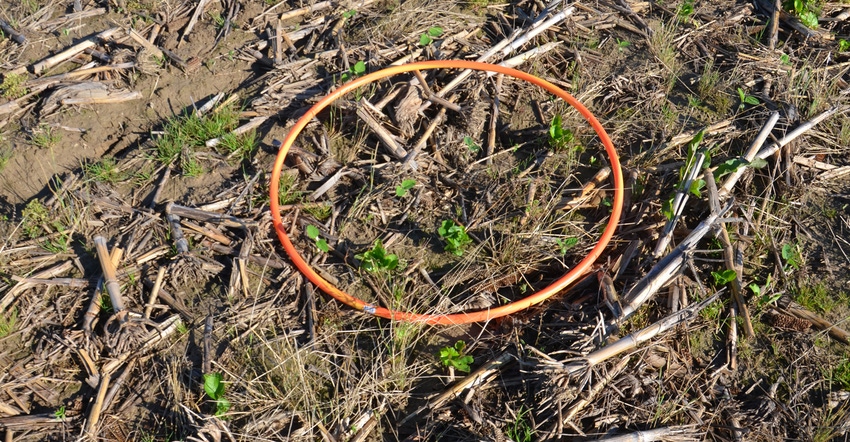November 13, 2019

We’ve been buying 85% revenue crop insurance. Even in 2019 we didn’t take prevented planting, and we won’t have yield claims. My dad wonders if we really need it. To him, it just seems like another expense. I propose going back to 75% coverage as a compromise to cut costs but still have protection. What do you recommend?
The Profit Planners panelists include David Erickson, farmer, Altona, Ill.; Mark Evans, Purdue University Extension educator, Putnam County, Ind.; Jim Luzar, landowner and retired Extension educator, Greencastle, Ind.; and Steve Myers, farm manager, Busey Ag Resources, LeRoy, Ill.
Erickson: I think you’re asking the right questions. Analyzing what works best for you is the next best step. I suggest developing comparative budgets that assume variable yields and prices to see how the different levels of coverage affect your profitability. Compare your combined cost of crop insurance over the years with any payouts that you have received. Use your comparisons to assess your ability to assume risk for future crops, and seek the expertise of trusted advisers to help you make your decision.
Evans: Looking at insurance as another input expense may be the wrong method to evaluate the need for insurance and amount of coverage. Farm capital has been declining for several years, even during profitable years. Consider if you have the necessary capital to stay in business should a disaster occur. Is your coverage and cost enough to protect your capital?
By its very nature, variability in farm income has been extreme for the past 10 years, and it will continue to be variable during the next 10 years. Lenders are becoming more nervous about ag lending with the decline in farm capital levels. Make sure to connect and discuss with your lender the decisions you’re considering with crop insurance. Cost comparisons of the different revenue coverage benefit levels should become clearer when you use lender and capital protection considerations as key guides.
Luzar: I agree with you that in times of tight margins, every expense category must be examined. My personal business philosophy is to evaluate the marginal cost of increasing coverage with projected marginal change in indemnity. This can be done with a calculator tool by you and/or your insurance agent. Compare 75% coverage with 80% and 85% to see how much extra coverage you may accrue by paying additional premium.
Your evaluation will be influenced by crop planted, yield history, risk tolerance and policy. Keep in mind that the goal of insurance is to mitigate risk. Evaluate your situation and see if paying more premium is justified. Consult with your lender. A lower level of coverage may cover cash-flow needs.
Evaluate your data each year. Avoid coffee shop advice on crop insurance!
Myers: When reviewing any insurance product, ask yourself why you need it, specifically what you need, and what you can afford. Actuaries are very smart folks, and the rates and payouts are well-thought-through calculations. Consider specific percent coverages for your operation as it relates to what you need to continue to operate should you have “that year” when the wheels come off. You get what you pay for, but many still believe it’s the best deal in town in terms of being the cornerstone of risk management.
You May Also Like




